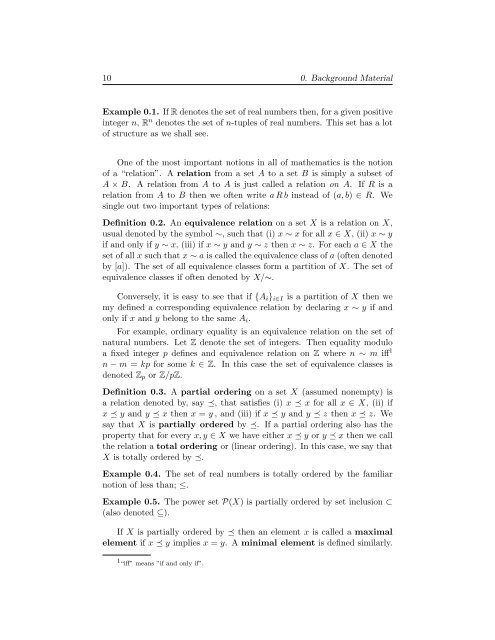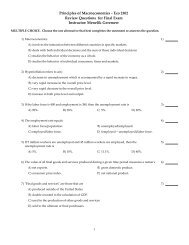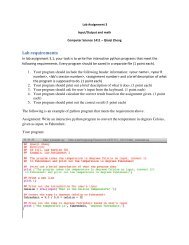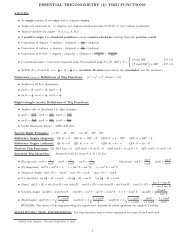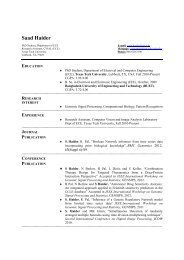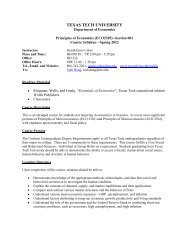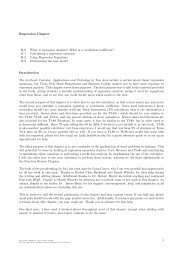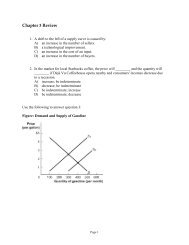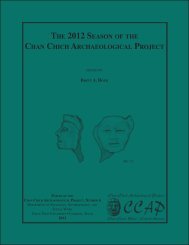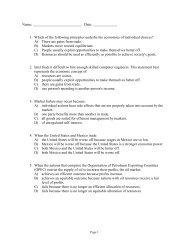Supplement for Manifolds and Differential Geometry Jeffrey M. Lee
Supplement for Manifolds and Differential Geometry Jeffrey M. Lee
Supplement for Manifolds and Differential Geometry Jeffrey M. Lee
Create successful ePaper yourself
Turn your PDF publications into a flip-book with our unique Google optimized e-Paper software.
10 0. Background Material<br />
Example 0.1. If R denotes the set of real numbers then, <strong>for</strong> a given positive<br />
integer n, R n denotes the set of n-tuples of real numbers. This set has a lot<br />
of structure as we shall see.<br />
One of the most important notions in all of mathematics is the notion<br />
of a “relation”. A relation from a set A to a set B is simply a subset of<br />
A × B. A relation from A to A is just called a relation on A. If R is a<br />
relation from A to B then we often write a R b instead of (a, b) ∈ R. We<br />
single out two important types of relations:<br />
Definition 0.2. An equivalence relation on a set X is a relation on X,<br />
usual denoted by the symbol ∼, such that (i) x ∼ x <strong>for</strong> all x ∈ X, (ii) x ∼ y<br />
if <strong>and</strong> only if y ∼ x, (iii) if x ∼ y <strong>and</strong> y ∼ z then x ∼ z. For each a ∈ X the<br />
set of all x such that x ∼ a is called the equivalence class of a (often denoted<br />
by [a]). The set of all equivalence classes <strong>for</strong>m a partition of X. The set of<br />
equivalence classes if often denoted by X/∼.<br />
Conversely, it is easy to see that if {A i } i∈I is a partition of X then we<br />
my defined a corresponding equivalence relation by declaring x ∼ y if <strong>and</strong><br />
only if x <strong>and</strong> y belong to the same A i .<br />
For example, ordinary equality is an equivalence relation on the set of<br />
natural numbers. Let Z denote the set of integers. Then equality modulo<br />
a fixed integer p defines <strong>and</strong> equivalence relation on Z where n ∼ m iff 1<br />
n − m = kp <strong>for</strong> some k ∈ Z. In this case the set of equivalence classes is<br />
denoted Z p or Z/pZ.<br />
Definition 0.3. A partial ordering on a set X (assumed nonempty) is<br />
a relation denoted by, say ≼, that satisfies (i) x ≼ x <strong>for</strong> all x ∈ X, (ii) if<br />
x ≼ y <strong>and</strong> y ≼ x then x = y , <strong>and</strong> (iii) if x ≼ y <strong>and</strong> y ≼ z then x ≼ z. We<br />
say that X is partially ordered by ≼. If a partial ordering also has the<br />
property that <strong>for</strong> every x, y ∈ X we have either x ≼ y or y ≼ x then we call<br />
the relation a total ordering or (linear ordering). In this case, we say that<br />
X is totally ordered by ≼.<br />
Example 0.4. The set of real numbers is totally ordered by the familiar<br />
notion of less than; ≤.<br />
Example 0.5. The power set P(X) is partially ordered by set inclusion ⊂<br />
(also denoted ⊆).<br />
If X is partially ordered by ≼ then an element x is called a maximal<br />
element if x ≼ y implies x = y. A minimal element is defined similarly.<br />
1 “iff” means ”if <strong>and</strong> only if”.


